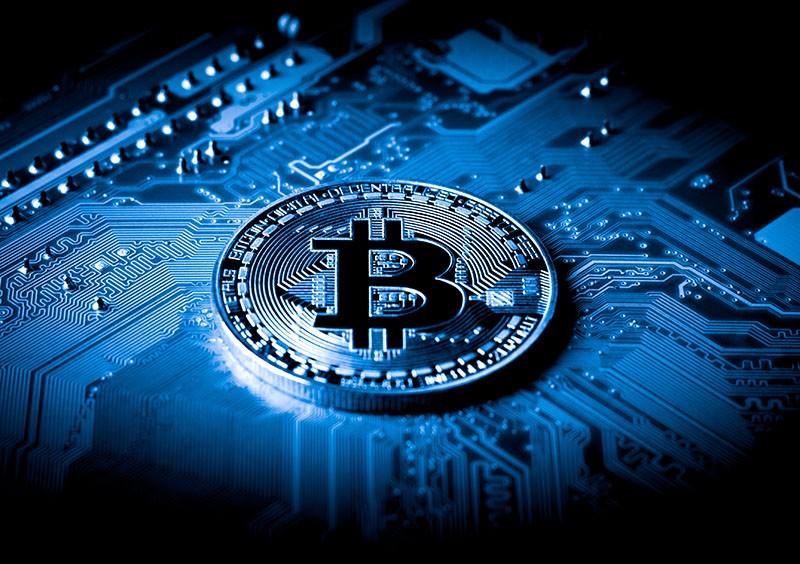
Cryptocurrencies have taken the world by storm, with Bitcoin leading the charge as the most popular digital currency. However, as the value of Bitcoin has soared, so has the difficulty of mining it. This has led many miners to explore other cryptocurrencies, with Litecoin being one of the most popular. In this comprehensive guide, we will explore the world of Litecoin mining, from what it is to how to get started. Bitcoin trading, you may consider using a reputable trading platform like https://bitqs.io
Litecoin is a decentralized cryptocurrency that uses a peer-to-peer network to enable fast, secure, and low-cost transactions anywhere in the world. Mining is the process of verifying transactions and adding them to the Litecoin blockchain. Miners are rewarded with a certain amount of Litecoin for each block that they add to the chain. Litecoin mining is similar to Bitcoin mining, but with some key differences.
Litecoin mining is based on a proof-of-work algorithm called Scrypt. This algorithm is designed to be memory-intensive, which makes it more resistant to ASIC mining, where specialized hardware is used to mine cryptocurrencies. This means that Litecoin mining can be done using consumer-grade hardware, such as CPUs and GPUs.
The process of mining involves solving complex mathematical problems using your computer’s processing power. The first miner to solve the problem and add a new block to the chain is rewarded with a certain amount of Litecoin. This reward is halved every 840,000 blocks, which means that the total supply of Litecoin is limited to 84 million.
Mining on your own can be difficult and time-consuming, especially if you don’t have a lot of hashing power. Mining pools allow multiple miners to work together to solve blocks and share the rewards. When a block is found, the reward is distributed among the miners based on their contribution to the pool’s hashing power.
Choosing the right mining hardware is essential for success in Litecoin mining. The most important factor is the hash rate, which is the speed at which your hardware can solve the mathematical problems. The higher the hash rate, the more likely you are to find a block and earn a reward. Other factors to consider include power consumption, cooling requirements, and cost.
Before you can start mining Litecoin, you need to set up a wallet to store your earnings. There are several types of wallets available, including software wallets, hardware wallets, and paper wallets. Each has its own advantages and disadvantages, so it’s important to choose the one that best suits your needs.
Once you have chosen your hardware and set up your wallet, you need to set up your mining rig. This involves assembling the hardware, connecting it to the internet, and installing the necessary software.
There are several mining software options available, each with its own features and capabilities. Some popular options include CGMiner, BFGMiner, and EasyMiner. It’s important to choose a software that iscompatible with your hardware and provides the features you need, such as overclocking and temperature monitoring.
Joining a mining pool is a great way to increase your chances of earning a reward. There are many mining pools available, each with its own fees, payout methods, and minimum payout thresholds. It’s important to choose a pool that has a good reputation and provides reliable service.
Mining can put a lot of stress on your hardware, so it’s important to monitor it regularly to ensure that it’s running smoothly. This involves checking temperatures, fan speeds, and hash rates. You should also perform regular maintenance, such as cleaning dust from the fans and replacing worn-out components.
Overclocking can increase the hash rate of your hardware, but it also increases power consumption and heat generation. It’s important to balance the benefits of overclocking with the risks, and to monitor your hardware carefully to ensure that it’s not being damaged by the increased stress.
Mining earnings are subject to taxation in many countries. It’s important to understand the tax laws in your country and to keep accurate records of your earnings and expenses. You may also want to consult with a tax professional to ensure that you’re complying with all applicable laws.
Mining can be a complex and sometimes frustrating process, and there are many common issues that can arise. These include hardware failures, software glitches, and network connectivity problems. It’s important to be prepared for these issues and to have a plan in place for troubleshooting and resolving them.
Litecoin has a bright future as a fast and efficient cryptocurrency with a strong development team and a growing community of users. However, there are also risks and challenges, such as regulatory uncertainty and competition from other cryptocurrencies. It’s important to stay informed about the latest developments and to adjust your mining strategy accordingly.
Litecoin mining involves risks and challenges, including hardware failures, power outages, and market volatility. It’s important to be prepared for these risks and to have a plan in place for mitigating them. You should also be aware of the potential for scams and fraudulent schemes in the mining community.
Litecoin mining can be a rewarding and profitable venture for those who are willing to put in the time and effort. By understanding the basics of mining, choosing the right hardware and software, and joining a reputable mining pool, you can increase your chances of success. However, it’s important to be prepared for the risks and challenges, and to stay informed about the latest developments in the world of Litecoin.













